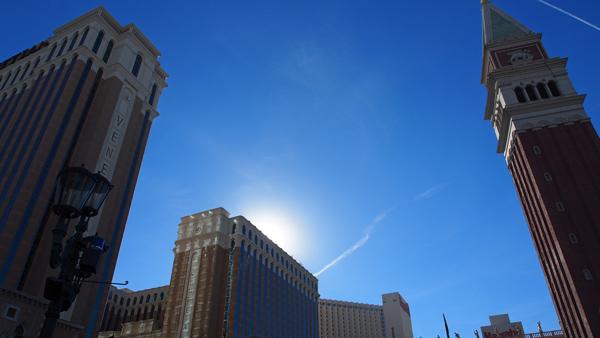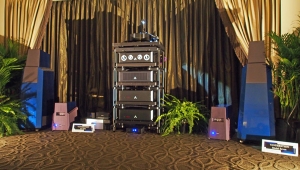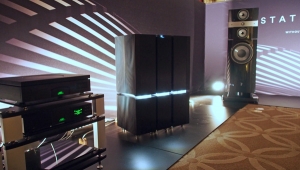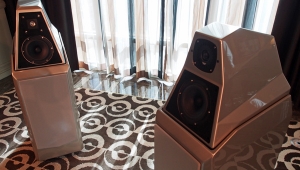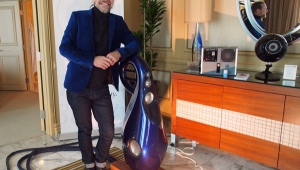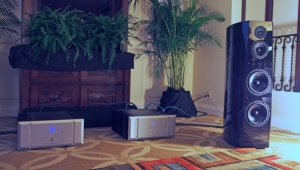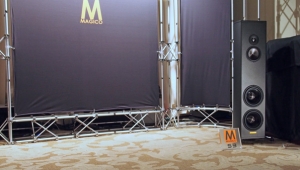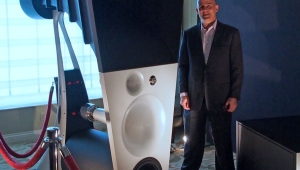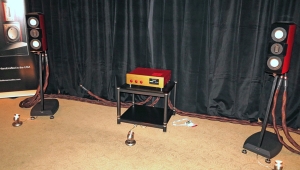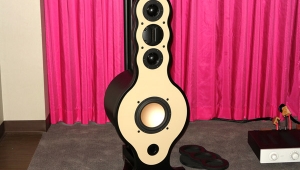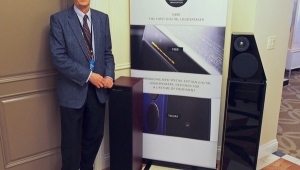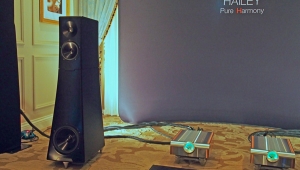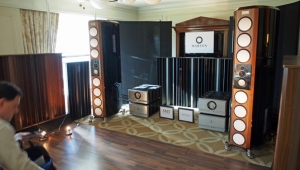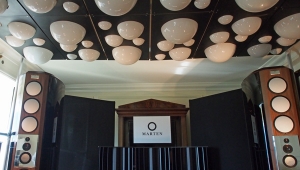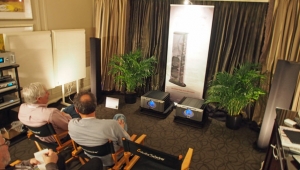| Columns Retired Columns & Blogs |
Stereophile's show coverage is always the best of what I come across, and despite my jaundiced views it's fun to see all the things that people cook up, both sane and insane.
I see too many ultra high end products chasing too few ultra wealthy consumers, an unavoidable result of current economic and social policies, i.e., something manufacturers must do to even try to remain operational.
But like so much else these days, it yet again this year hardly seems sustainable.
